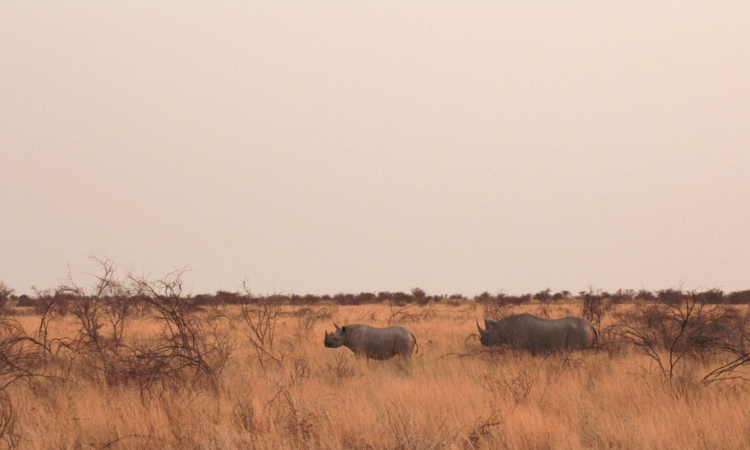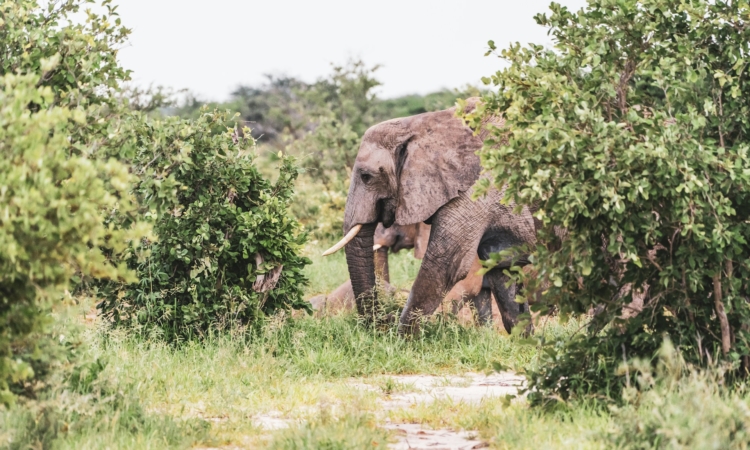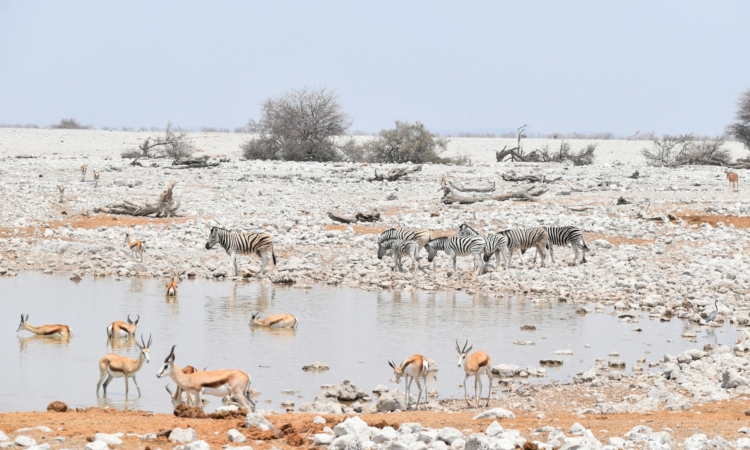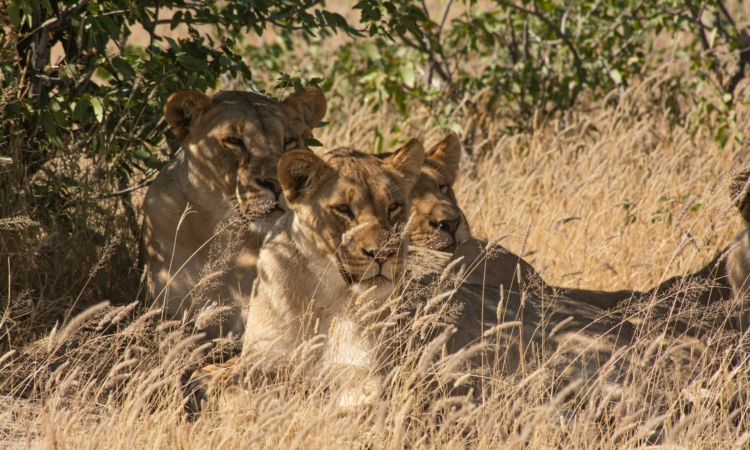Etosha National Park is known not only for its wide variety of animals but also for its open areas of vegetation, which give the park its unique character.
The open landscapes make it easier for visitors to see many kinds of wildlife, while also showing how different plants grow in line with the park’s changing soils and climates.
These plant communities are an important part of the park’s ecosystem and provide both food and shelter for animals.
The vegetation in Etosha changes slowly as you move across the park. In the western areas, the land is much drier and has fewer plants, while the eastern parts have more plant cover and greater variety. This change in vegetation is linked to the rainfall patterns and soil differences between the two regions.
The mopane woodland is the most common type of vegetation in Etosha. It covers much of the central and southern areas of the park. The mopane tree is easy to identify because of its butterfly-shaped leaves.
This tree is well adapted to dry conditions and is very important to the animals of Etosha. Elephants often feed on its bark and leaves, while other animals find shade and shelter among the trees.
In the western region of the park, where the conditions are harsher, grasslands and small shrubs dominate the landscape. These plants are hardy and able to survive in areas with less rainfall.
Around the Etosha Pan, the vegetation is very different. Here, salt-tolerant plants grow, including grasses, sedges, and halophytes such as Sporobolus and Odyssea species.
These plants survive in salty soils and help keep the soil stable. They also provide grazing for animals, especially during the rainy season when the pan area supports more plant growth.
For most of the year, the Etosha Pan looks empty and bare. However, after heavy rains it turns into a seasonal wetland, where aquatic plants and algae begin to grow.
This attracts many animals and birds to the area. In the northern part of the park, the vegetation is thicker, with tall grasses and acacia trees creating a different environment compared to the drier western side.







